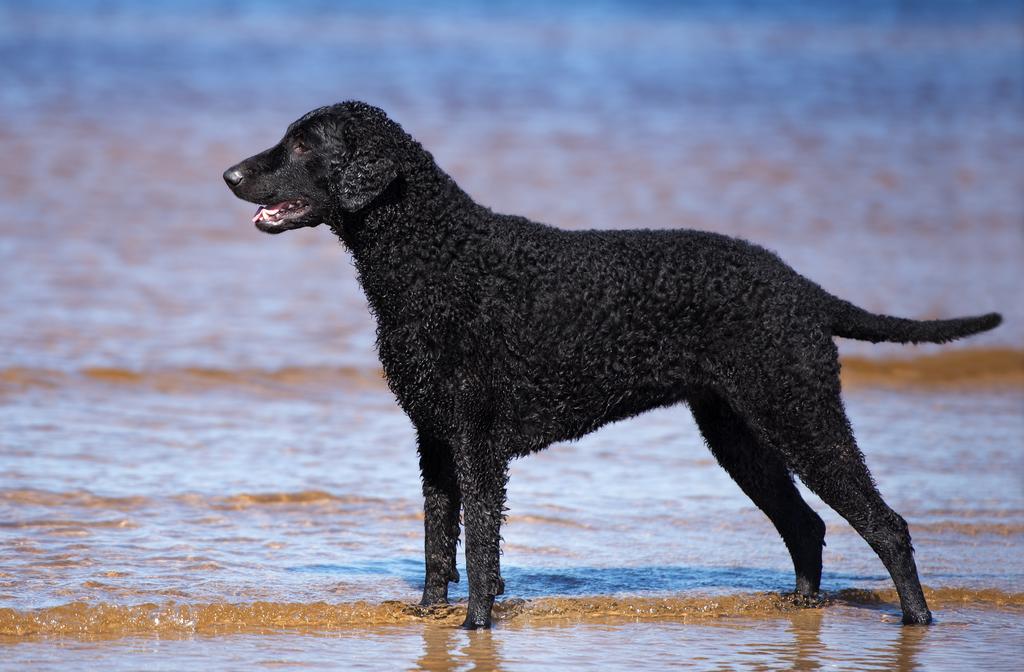
Getting to Know the Curly-Coated Retriever
The Curly-Coated Retriever’s Backstory
Curly-Coated Retrievers are one of the oldest retriever breeds and they started out in 19th century England. These pups were bred to fetch game both from water and land, showing off their great skills and flexibility. Their story is tied up with other breeds like the Water Spaniel and the now-gone Tweed Water Spaniel which helped give them their unique curly coat.
Hunters quickly loved these dogs for how well they swim and their excellent noses. They weren’t just hunting buddies; they also made great family pets thanks to their friendly personalities. Over the years people have had to groom their special coats, but that hasn’t taken away from their charm, combining both usefulness and beauty.
What Makes Curly-Coated Retrievers Special
Curly-Coated Retrievers have some unique traits that really set them apart:
- Curly Coat: Their tightly curled fur is water-resistant and perfect for their job as hunting dogs.
- Smart and Eager: They’re known for being clever and pick up commands fast, loving to learn.
- Active and Fun: These pups need a lot of exercise and enjoy activities like swimming and playing fetch.
- Independent Thinkers: Even though they want to make you happy, their independent side can make them a bit stubborn at times.
In short, Curly-Coated Retrievers are more than just hard-working dogs; they are cuddly companions bringing joy to many homes. Their interesting traits and deep history make this breed both intriguing and lovable.
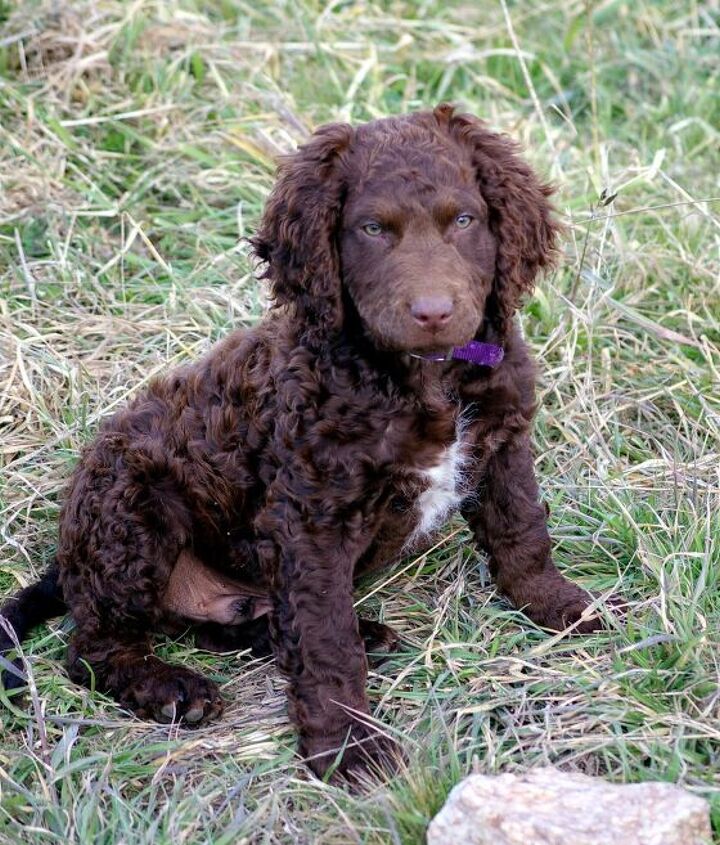
Getting Ready for Your Curly-Coated Retriever Puppy
Making Your Home Puppy Friendly
Getting your home ready for a Curly-Coated Retriever puppy can be super exciting. These playful and smart pups do best in spaces that are safe and keep them entertained. Here’s how to create a great welcome for your new furry pal:
- Puppy Proofing: Make sure that anything dangerous like electrical cords, chemicals, and tiny items are out of their reach.
- Safe Space: Set up a cozy spot with a comfy bed, toys, and food/water bowls where your puppy can chill and feel safe.
- Boundaries: Use baby gates to block access to areas you want to keep off-limits and avoid any accidents.
Getting your home ready will help your new friend adjust while giving you both a more peaceful environment.
Must-Have Supplies for Your Curly-Coated Retriever Puppy
Having the right supplies is key to raising a happy and healthy Curly-Coated Retriever puppy. Here’s a handy checklist for you:
- Quality Dog Food: Pick a nutritious food that’s made for puppies; dry food is generally the way to go.
- Collars and Leashes: Get an adjustable collar and a durable leash that can keep up with all their energy.
- Training Supplies: Think about getting training pads, treats, and clickers to help with positive reinforcement.
- Toys: Offer a mix of toys for mental engagement, such as chew toys, puzzles, and balls.
Having the right gear makes becoming a puppy parent much easier and way more fun. Remember your curly friend loves to play and snuggle, so enjoy those moments together!
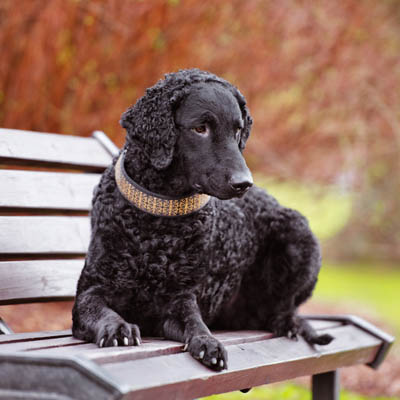
Training Basics for Your Curly-Coated Retriever Puppy
Why Early Socialization Matters
Socializing your Curly-Coated Retriever puppy is super important and should start as soon as you bring them home. Early experiences really shape how your pup behaves and feels in different social settings. Here are some tips for effective socializing:
- Explore Different Places: Take your puppy to parks, busy streets, and pet-friendly stores to let them get used to all kinds of sights and sounds.
- Meet New People and Dogs: Let your pup interact with various people and other dogs to teach them good behaviors and help ease any anxiety.
- Use Positive Reinforcement: Reward calm and friendly behaviors with treats and praise when you’re out and about.
By prioritizing socialization early on, you’ll help your Curly-Coated Retriever grow into a well-adjusted and confident adult.
Basic Obedience Training
Once your pup is socialized, it’s time to teach them basic obedience commands. Starting with these key commands gives you both a solid base for future training.
- Important Commands: Focus on commands like “sit,” “stay,” “come,” and “lie down.” Use treats or praise to reinforce good behavior.
- Stay Consistent: Keep your commands and expectations consistent. Use the same words and gestures so your puppy isn’t confused.
- Create a Routine: Keep training sessions short, around 5-10 minutes a few times a day, to hold your puppy’s interest.
With some patience and lots of fun, you can turn your Curly-Coated Retriever into a great companion ready for adventures!
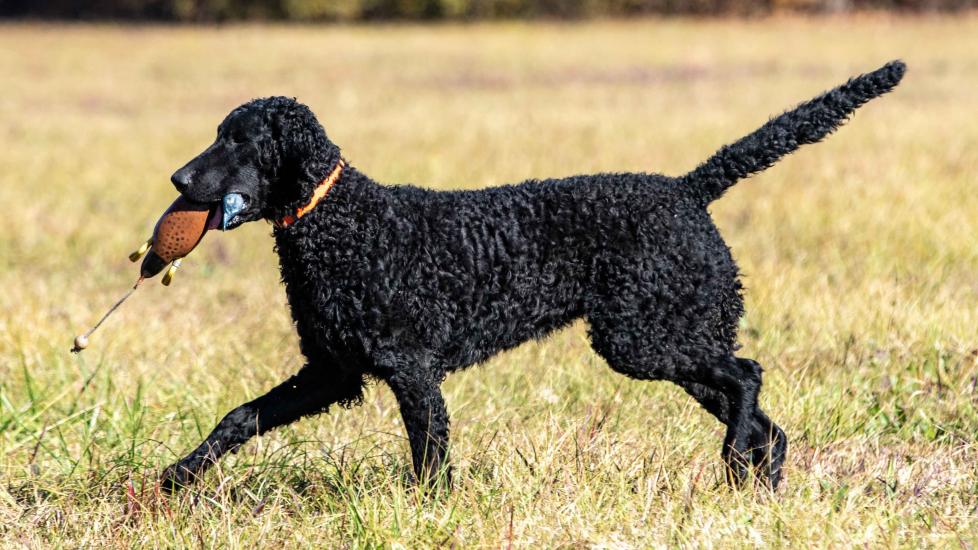
Advanced Training for Curly-Coated Retrievers
Specialized Training for Work or Sports
Curly-Coated Retrievers are natural athletes, perfect for specialized training in sports or work activities. Participating in these activities not only sharpens their skills but also strengthens your bond. Here are some great training ideas:
- Water Training: With their background as waterfowl retrievers, introducing your Curly to water activities is a great way to tap into their natural abilities. Start in shallow water and go deeper as they build confidence.
- Retrieving Games: Use dummies or marked spots to teach your dog how to retrieve. This helps them focus on targets and improves their ability to follow commands in real situations.
- Agility Courses: Set up an agility course in your yard or join a local class. It’s a fun way to boost their physical agility and mental sharpness.
Joining in on these activities meets your Curly’s exercise needs while also keeping them challenged.
Advanced Obedience and Handling Skills
Taking your training a notch up with advanced obedience and handling techniques can really pay off. Here’s how to get started:
- Off-Leash Training: Once your dog is comfortable with basic commands, you can start off-leash training in safe places. This boosts their focus and recall.
- Complex Commands: Teach advanced commands like “drop it,” “leave it,” and “place.” Use rewards to encourage them when they get it right.
- Handler Skills: Learn to effectively guide your dog during training. Your body language and voice tone matter a lot when giving commands.
Adding these advanced techniques will help your Curly-Coated Retriever become not just obedient but also a joy to train, showing off their smarts and wish to please.
Health and Nutrition for Your Curly-Coated Retriever Pup
Common Health Issues
Curly-Coated Retrievers are generally pretty healthy dogs but like all breeds, they can face some health concerns. As a responsible owner, it’s important to know about these:
- Hip Dysplasia: This hereditary issue may lead to arthritis and trouble moving, so getting screened early is a good idea.
- Eye Problems: They can develop issues like cataracts and progressive retinal atrophy (PRA), which could affect their vision.
- GDV (Gastric Dilatation-Volvulus): Often called bloat, this serious condition happens when the stomach twists, needing a vet’s care right away.
Regular vet visits and keeping them active will help reduce these risks, leading to a happier and healthier life for your furry pal.
Diet and Nutrition Tips
Feeding your Curly-Coated Retriever puppy a balanced diet is super important for their growth and health. Check out these essential tips:
- Quality Proteins: Make sure their meals include good sources of protein like chicken, beef, or fish.
- Healthy Fats: Add essential fatty acids for skin and coat health.
- Limit Carbs: Though dogs can handle some carbs, keep it low and focus on veggies and fruits for fiber.
Feeding them raw meat is often advised since it resembles their natural diet and gives better nutrition. Little pups should eat several small meals a day to keep their energy steady and absorb nutrients well. With a good diet and regular vet check-ups, your puppy will grow into a healthy adult!
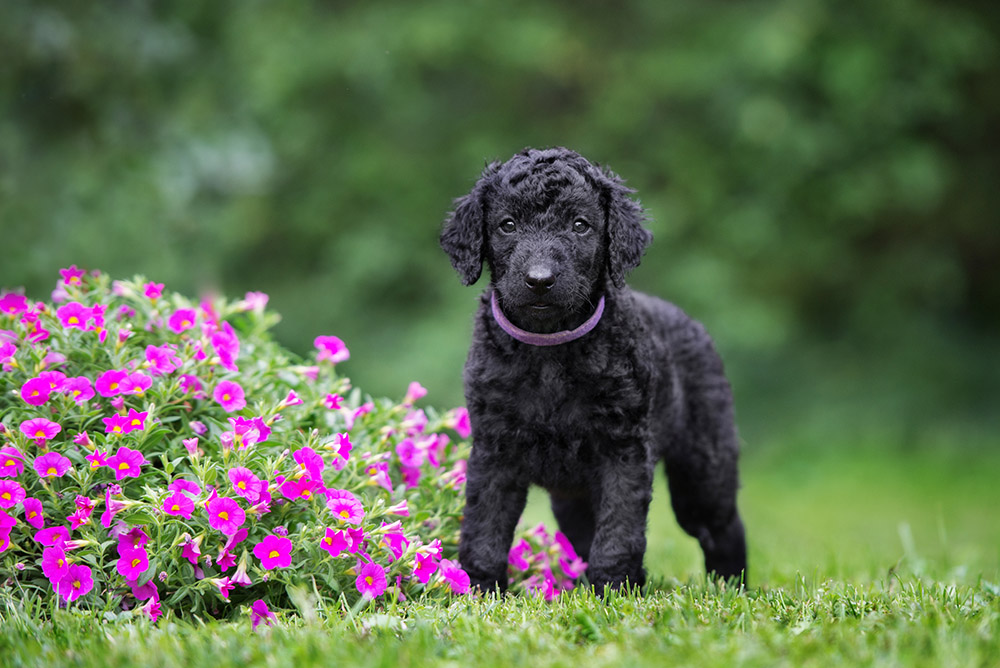
Exercise and Activity for Curly-Coated Retrievers
Physical Activity Requirements
Curly-Coated Retriever puppies are full of energy, so making sure they get enough exercise is key to keeping them happy and healthy. Puppies usually need:
- Daily Exercise: Plan for at least 30 to 60 minutes of fun play each day. Activities can include:
- Fetch: A perfect way to tap into their retrieval skills.
- Swimming: With their water-resistant fur, many curly pups love to splash around.
- Long Walks: Gradually extend walking distances as they grow to build their endurance.
Making sure they use up some energy is essential. It helps them grow healthily and can curb unwanted habits that may come from being bored.
Mental Stimulation Activities
Besides physical activity, giving them mental challenges is really important for a happy Curly-Coated Retriever. Keeping their brains engaged helps prevent boredom. Here are some fun ideas:
- Puzzle Toys: Interactive toys are a great way to challenge their problem-solving skills.
- Training Sessions: Frequent training sessions keep their minds sharp with commands and tricks.
- Agility Courses: Set up a simple agility course outside to mix mental and physical workout.
Balancing both physical and mental activities is crucial for your puppy’s overall well-being, making them happy and ready for all the adventures!
Grooming Tips for Curly-Coated Retrievers
Taking Care of Their Coat
Grooming your Curly-Coated Retriever can be easy and fun. Their unique curly coat needs special care to stay beautiful and avoid matting or frizz. Here are some handy tips:
- Brushing: Brush their curly coat once a week, focusing on areas prone to tangles like under the legs and behind the ears. Be gentle to avoid hurting them.
- Bathing: Only bathe when really needed, around every 3-6 weeks or after muddy play. A quick rinse or spray is often enough to keep their coat fresh without softening it too much.
- Trimming: Regularly trim around their ears to avoid matting. Don’t hesitate to tidy up their legs and feet too.
This simple grooming routine will keep your Curly-Coated Retriever comfortable and looking great.
Caring for Ears and Teeth
Keeping your Curly-Coated Retriever healthy means looking after more than just their coat. Pay attention to their ears and teeth to ensure their overall health:
- Ear Care: Regularly check their ears for buildup of dirt or wax. Use vet-approved ear cleaner to clean them gently and prevent issues.
- Dental Care: Brushing their teeth often using dog-specific toothpaste helps fight plaque and keep their breath fresh. Dental chews can also help maintain oral health.
When you make these care routines part of your grooming, you help your Curly-Coated Retriever live a longer, healthier life. Regular grooming turns into a great bonding time for both of you!
Tackling Common Behavioral Issues
Managing Separation Anxiety
Separation anxiety is a common challenge for Curly-Coated Retrievers since they love being around people. If your dog gets anxious when you leave the house, here are some helpful strategies:
- Gradual Goodbyes: Start by leaving your pup alone for short amounts of time, slowly extending the length of time you’re gone.
- Positive Reinforcement: Give them treats or toys they only get when they’re alone to help create a positive connection with your absences.
- Create a Safe Space: Set up a cozy corner with their bed and toys where they feel comfortable. Knowing this area can ease their anxiety when you’re away.
With some patience and consistency, you will help your Curly-Coated Retriever feel secure when you leave them alone.
Handling Barking or Destructive Habits
Barking or destructive behavior often comes from boredom or not having enough stimulation. Here’s how to tackle these issues:
- Regular Exercise: Make sure your Curly gets plenty of physical activity every day. Games like fetch or long walks can help burn off their extra energy.
- Mental Challenges: Add in puzzle toys or training sessions to keep their minds engaged. This will help distract them from negative behaviors.
- Set Consistent Commands: Use basic commands to guide your dog’s focus when they start barking or being mischievous. Stay firm but kind to encourage positive behavior.
By focusing on their mental and physical needs, you’ll help your Curly-Coated Retriever lead a happy, well-adjusted life.
Creating a Strong Bond with Your Curly-Coated Retriever
Trust and Communication
Building a strong bond with your Curly-Coated Retriever begins with trust and clear communication. These bright and sensitive dogs thrive on healthy interactions with their owners. Here are some ways you can nurture that trust:
- Consistent Commands: Use the same words for commands to avoid confusion and help your dog know what you expect.
- Positive Reinforcement: Reward good behavior with treats, praise, or playtime. This builds a stronger understanding of your commands.
- Stay Calm and Patient: Curly-Coated Retrievers can be sensitive; harsh methods may lead to fear or anxiety. Keeping a calm attitude encourages trust and openness.
Fun Activities to Deepen Your Bond
Doing different activities together is a fantastic way to strengthen your relationship with your Curly-Coated Retriever:
- Outdoor Fun: Take them on hikes, long walks, or swimming trips. This provides exercise while creating shared experiences.
- Training Games: Add some fun training games or challenge them with puzzles to stimulate their brains.
- Fetch: This classic game is great for bonding and gives a chance to engage their natural retrieving instincts.
By participating in these activities, you’ll forge a stronger bond with your Curly-Coated Retriever, leading to a happier and more harmonious relationship.
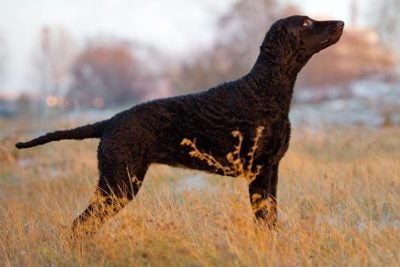
Wrapping Up and What’s Next
Key Training Takeaways
Training your Curly-Coated Retriever is a rewarding journey that builds a strong connection between you and your furry friend. Here are some important points to remember:
- Start with the Basics: Key commands like “sit,” “stay,” and “come” should be your training foundation, using positive reinforcement to encourage them.
- Focus on Socialization: Getting them exposed to different environments, people, and animals early on helps them grow into confident and well-rounded adults.
- Make it Fun: Curly-Coated Retrievers do best in fun and engaging training sessions, so mix in playtime and rewards to keep them excited.
Keep Learning and Growing Together
As your Curly-Coated Retriever grows, ongoing training is important for their happiness and well-being. Think about these options:
- Advanced Classes: Join agility or obedience classes for mental challenge and skills improvement.
- Interactive Toys: Use puzzles to keep their minds sharp and engaged.
- Regular Check-Ins: Keep in touch with trainers or fellow Curly owners for support and fresh ideas.
Remember that training is a continuous process so stay patient and enjoy the growing bond with your amazing companion!
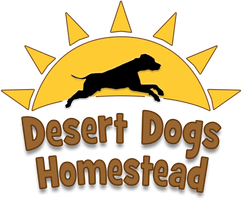
Leave a Reply